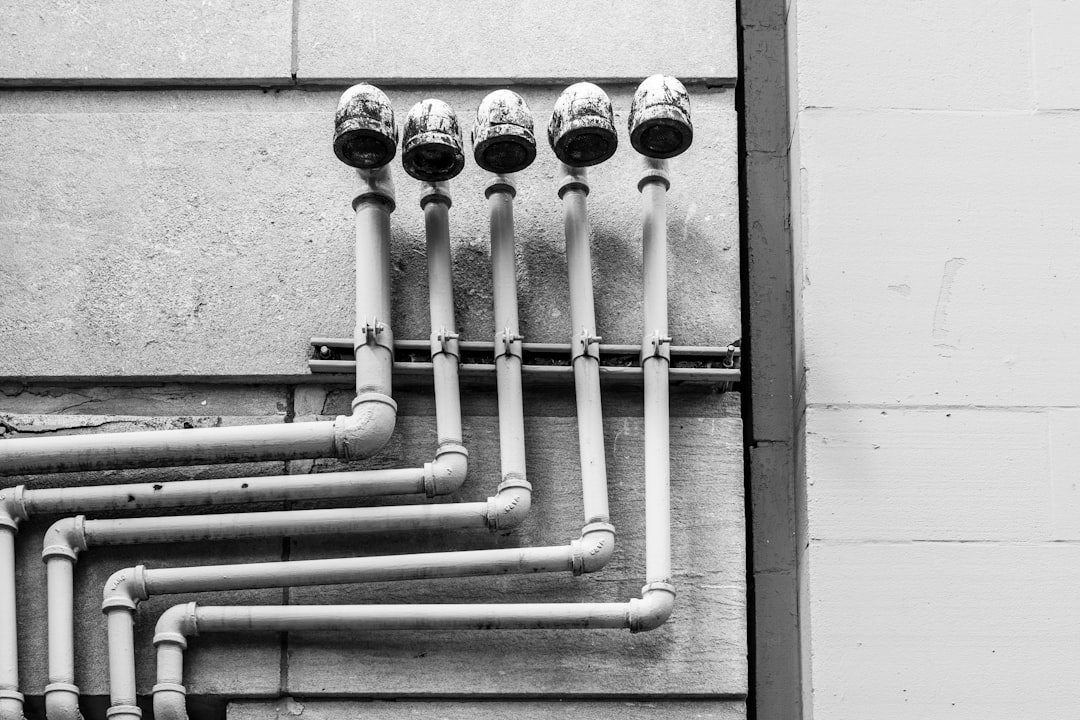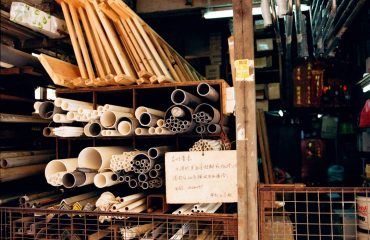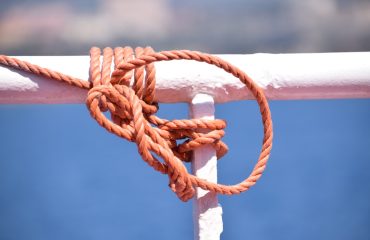The silent workhorses of our modern infrastructure, water and gas pipes, are essential for our daily lives. But their reliability and safety depend heavily on adhering to stringent quality standards. From the materials used to the rigorous testing procedures, ensuring the integrity of these pipelines is paramount. This comprehensive guide delves into the key aspects of quality standards for both water and gas pipes, highlighting the importance of compliance and the potential consequences of negligence.
Material Matters: Selecting the Right Stuff for Water and Gas Pipes
The choice of material significantly impacts the lifespan, durability, and safety of water and gas pipes. Different materials possess varying properties, making them suitable for specific applications and environments. For water pipes, common materials include:
- Copper: Known for its durability, corrosion resistance, and bacteriostatic properties, making it a popular choice for potable water distribution.
- PVC (Polyvinyl Chloride): A cost-effective and lightweight option, PVC is resistant to corrosion but can be susceptible to damage from UV radiation and extreme temperatures.
- PEX (Cross-linked Polyethylene): Flexible and resistant to freezing, PEX is increasingly popular for its ease of installation and durability.
- CPVC (Chlorinated Polyvinyl Chloride): Offers higher temperature resistance than PVC, making it suitable for hot water applications.
- Ductile Iron: A robust material used for larger diameter water mains, offering excellent strength and durability.
Gas pipes, on the other hand, often utilize:
- Steel: A strong and durable material, often coated with protective layers to prevent corrosion.
- High-Density Polyethylene (HDPE): A flexible and lightweight material resistant to corrosion and chemicals, often used for gas distribution lines.
- Copper Tubing (Type L, M, K): Used in gas piping systems, particularly in residential applications.
The selection of the appropriate material is guided by factors such as pressure requirements, environmental conditions, and regulatory compliance.
Rigorous Testing: Ensuring Pipeline Integrity
Before pipes are installed, they undergo rigorous testing to ensure they meet the specified quality standards. These tests vary depending on the material and intended application. Common testing methods include:
- Pressure Testing: Pipes are subjected to high pressure to assess their ability to withstand operational pressures and identify any leaks or weaknesses.
- Burst Testing: This destructive test determines the maximum pressure a pipe can withstand before failure.
- Impact Testing: Measures the pipe’s resistance to damage from external impacts.
- Corrosion Testing: Evaluates the pipe’s resistance to corrosion under various environmental conditions.
- Non-destructive Testing (NDT): Techniques such as ultrasonic testing and radiographic testing are used to detect internal flaws without damaging the pipe.
Thorough testing ensures that only pipes meeting the required standards are used, minimizing the risk of failures and ensuring the safety and reliability of the water and gas distribution systems.
Regulatory Compliance: Navigating the Maze of Standards
Adherence to relevant regulations and standards is crucial for ensuring the safety and quality of water and gas pipes. These standards are established by organizations such as:
- ASTM International (ASTM): Develops and publishes numerous standards for materials, testing methods, and specifications related to pipes and fittings.
- ISO (International Organization for Standardization): Provides internationally recognized standards for various aspects of pipe manufacturing and installation.
- National and Regional Regulations: Governments at various levels set their own regulations and building codes, often referencing ASTM and ISO standards.
Understanding and complying with these regulations is essential for manufacturers, installers, and inspectors to ensure that pipelines meet the required safety and performance criteria.
Installation Best Practices: Minimizing Risks and Maximizing Lifespan
Even the highest quality pipes can fail if not installed correctly. Proper installation is critical for ensuring the longevity and safety of water and gas pipelines. Key aspects of proper installation include:
- Proper Trenching and Bedding: Ensuring the pipes are properly supported and protected from external damage.
- Correct Joint Connections: Using appropriate fittings and techniques to create leak-free connections.
- Pressure Testing after Installation: Verifying the integrity of the installed pipeline before commissioning.
- Proper Backfilling and Compaction: Protecting the pipes from settlement and external forces.
- Thorough Inspection: Regular inspections can help identify and address potential problems early on.
Following established best practices during installation minimizes the risk of leaks, failures, and other problems, extending the lifespan of the pipeline and ensuring its continued safe operation.
Maintenance and Inspection: Ensuring Long-Term Reliability
Regular maintenance and inspection are essential for ensuring the long-term reliability and safety of water and gas pipelines. This involves:
- Visual Inspections: Regularly checking for signs of corrosion, leaks, or damage.
- Leak Detection: Employing advanced techniques to detect even small leaks.
- Pressure Monitoring: Continuously monitoring pressure to identify any anomalies.
- Repairs and Replacements: Promptly addressing any detected problems through repairs or replacements.
- Preventive Maintenance: Implementing a proactive maintenance plan to prevent potential problems before they occur.
A comprehensive maintenance program significantly reduces the risk of pipeline failures and ensures the continued safe and efficient delivery of water and gas.
By adhering to stringent quality standards throughout the entire lifecycle of water and gas pipes – from material selection and testing to installation and maintenance – we can ensure the safety, reliability, and longevity of these vital components of our infrastructure.




